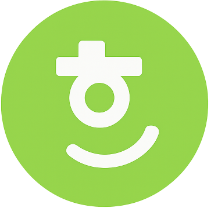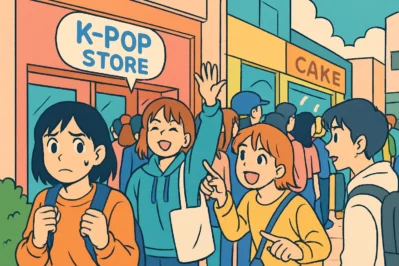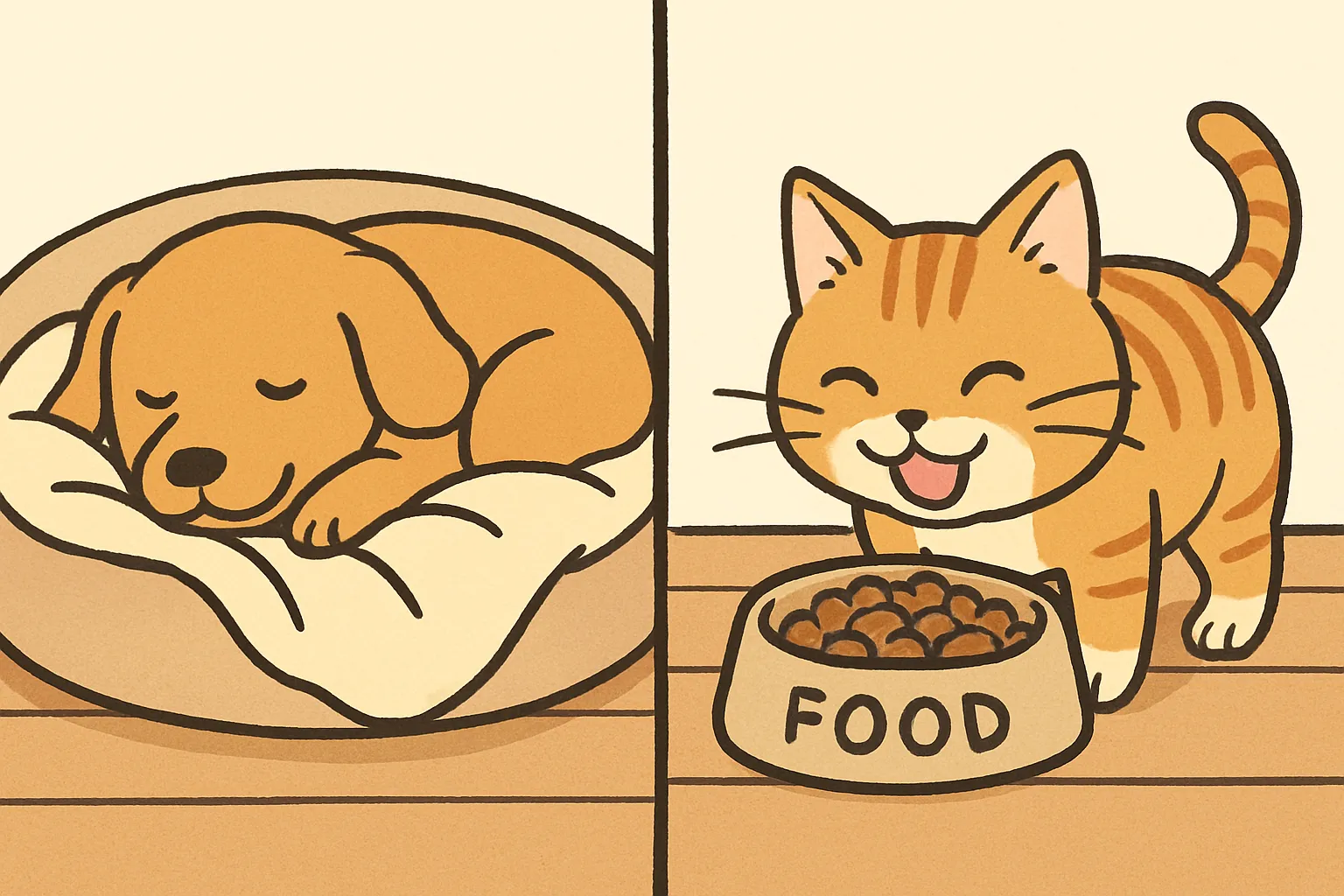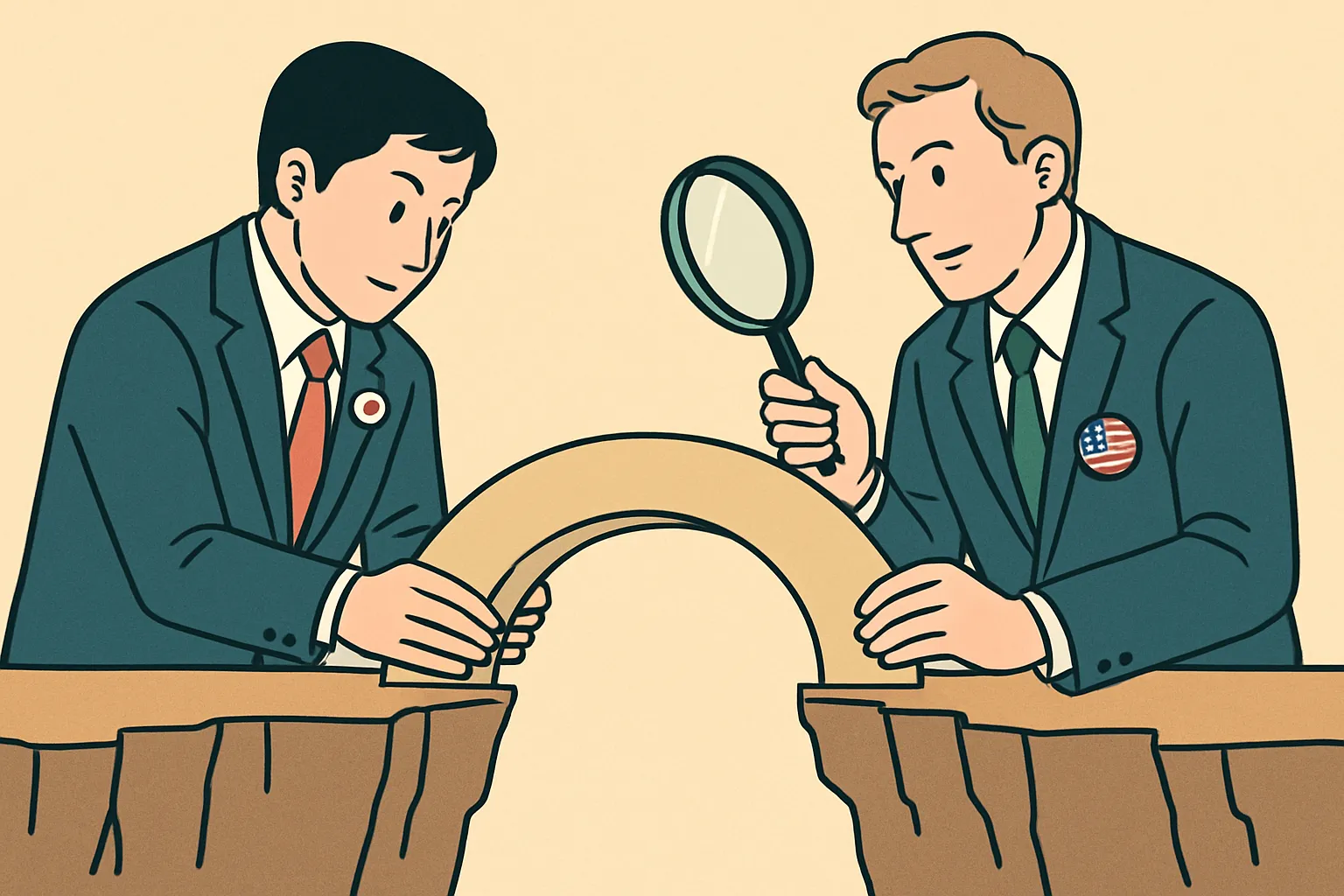K-Pop Lines: Are You In Front or Behind?
Hello! This is Maeil Han-geul, here to upgrade your Korean skills!
Have you ever been in a long line, wondering how to ask if you’re in the right place? Or how to tell your friend where you are? Today, we’re going to learn super useful Korean words to describe your position. This is a must-know skill! These days in Korea, waiting in line is a big deal. People queue up for everything, from the latest iPhone to limited-edition goods at a BTS pop-up store! With today’s lesson, you’ll be able to navigate any Korean line like a pro.
Let’s get started!
Core Expressions You Need to Know
Here are three essential words to talk about your location. We often add the particle ‘에’ [e] after them to mean ‘at’ or ‘in’ that location.
1. 앞에 (ap-e)
* Pronunciation [Romanized]: ap-e
* English Meaning: in front of
* Detailed Explanation: ‘앞’ (ap) means “front.” When you add ‘에’ (e), it becomes ‘앞에’ (ap-e), meaning “in front of” or “at the front.” You can use this to say someone is ahead of you in a line or that a building is in front of you. It’s a very common and useful word!
2. 뒤에 (dwi-e)
* Pronunciation [Romanized]: dwi-e
* English Meaning: behind / in back of
* Detailed Explanation: ‘뒤’ (dwi) means “back.” So, ‘뒤에’ (dwi-e) means “behind.” If you’re joining a line, you’ll want to stand ‘뒤에’. This is the polite thing to do!
3. 옆에 (yeop-e)
* Pronunciation [Romanized]: yeop-e
* English Meaning: next to / beside
* Detailed Explanation: ‘옆’ (yeop) means “side.” ‘옆에’ (yeop-e) means “next to” or “beside.” You can use this to talk about the person standing next to you or a cafe that’s next to the subway station.
Example Dialogue in Real Life
Imagine two friends, A (Lisa) and B (Minjun), are waiting in line for a very popular donut shop in Seoul.
A (Lisa): 와, 사람이 정말 많다! 민준, 우리 어디야?
(Wa, saram-i jeongmal manta! Minjun, uri eodi-ya?)
Wow, there are so many people! Minjun, where are we?
B (Minjun): 저기 파란색 모자 쓴 사람 뒤에 있어.
(Jeogi paran-saek moja sseun saram dwi-e isseo.)
We are behind that person wearing the blue hat.
A (Lisa): 아, 알겠다! 우리 앞에 몇 명이나 있어?
(A, al-get-da! Uri ap-e myeot myeong-ina isseo?)
Oh, I see! How many people are in front of us?
B (Minjun): 음… 10명? 괜찮아, 우리 옆에 있는 가게 구경하면서 기다리자!
(Eum… yeol-myeong? Gwaenchan-a, uri yeop-e itneun gage gugyeong-hamyeonseo gidarija!)
Hmm… 10 people? It’s okay, let’s look at the store next to us while we wait!
Culture Tip & Trend Deep Dive
In Korea, queuing culture, called ‘줄서기 문화’ (julseogi munhwa), is very important. Cutting in line is a big no-no!
A recent trend, especially among the younger generation, is called ‘오픈런’ (opeulleon), which comes from the English words “open run.” This means rushing to a store and lining up before it even opens to get a popular or limited-edition item. This happens a lot for luxury brand sales, famous restaurants, and of course, K-pop idol pop-up stores!
So, if you’re in Korea for a concert or a fan event, knowing these words is essential. You’ll often hear people ask, “여기가 줄의 끝이에요?” (Yeogiga jur-ui kkeut-i-eyo? – Is this the end of the line?). You can confidently point and say, “네, 제 뒤에 서세요.” (Ne, je dwi-e seo-seyo. – Yes, please stand behind me.). Knowing this will make you look like a Korean local!
Let’s Wrap It Up & Practice!
Great job today! You’ve learned three essential words for describing location: 앞에 (in front of), 뒤에 (behind), and 옆에 (next to). You’re now ready to find your spot in any line in Korea!
Now, let’s test your knowledge.
Practice Question:
You are standing in line for coffee. Your friend Mina is in front of you, and your friend Jin is behind you. Fill in the blanks!
- 미나는 제 ________ 있어요. (Mina is ___ me.)
- 진은 제 ________ 있어요. (Jin is ___ me.)
Leave your answers in the comments using the expressions we learned today! We’d love to see you try. See you next time






